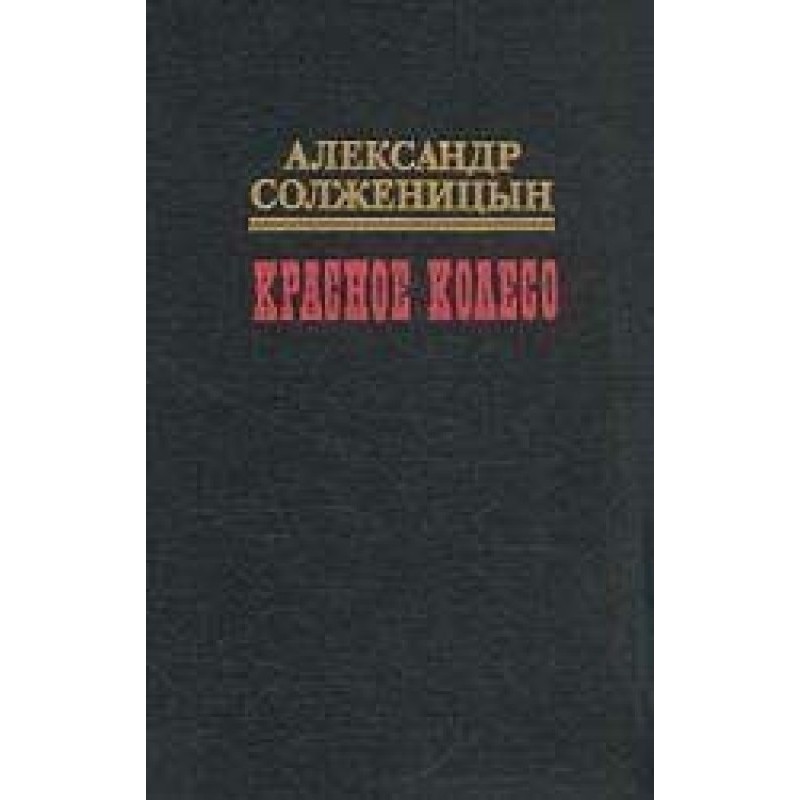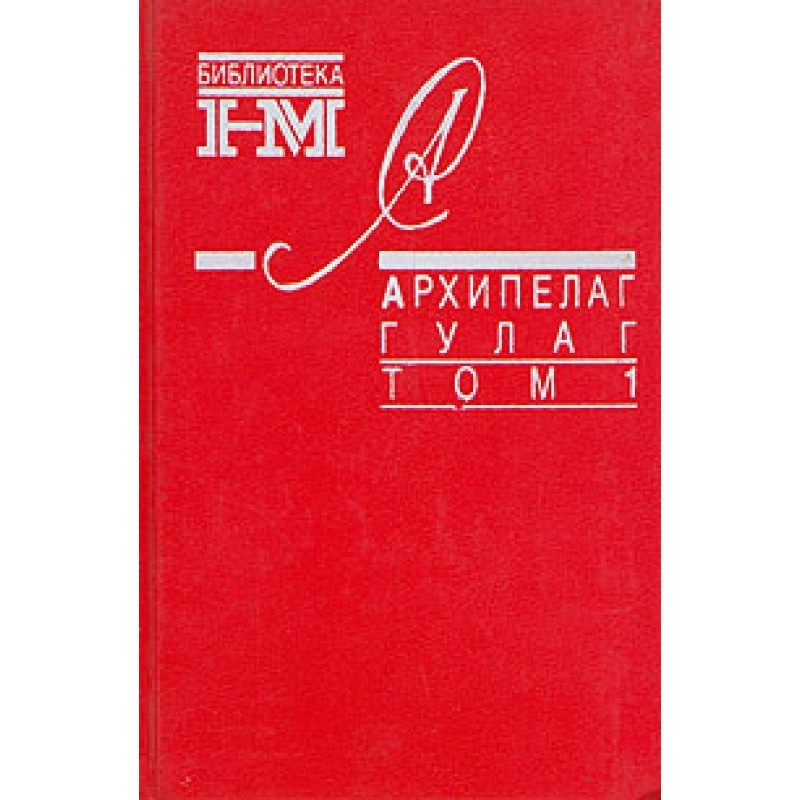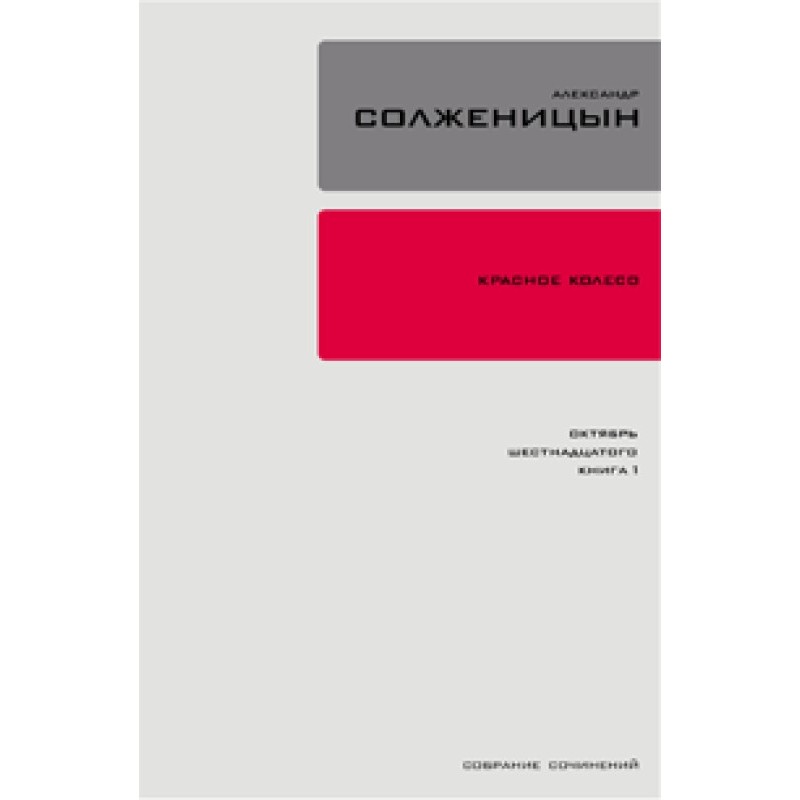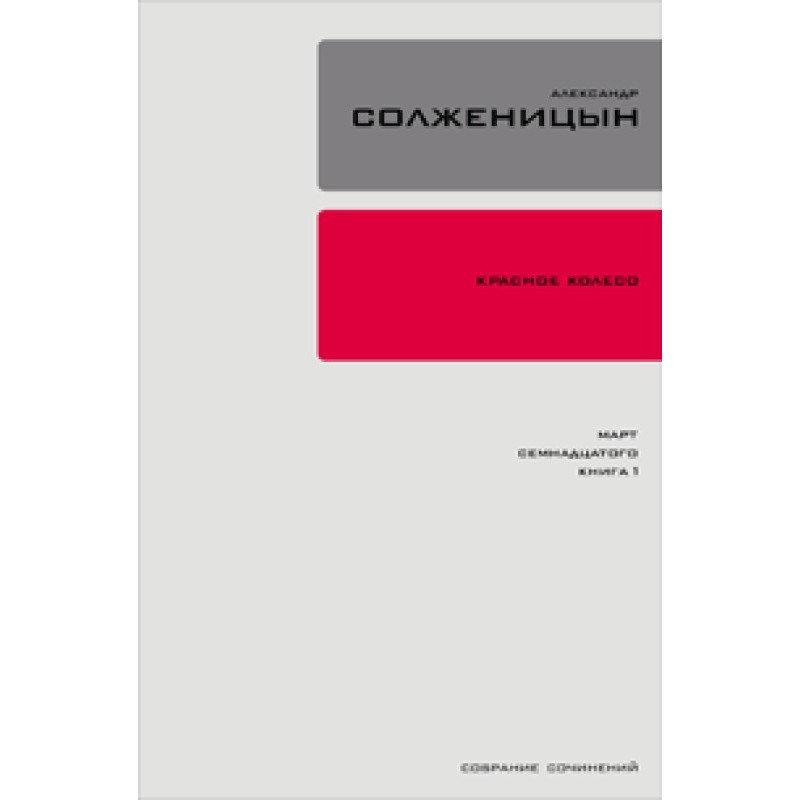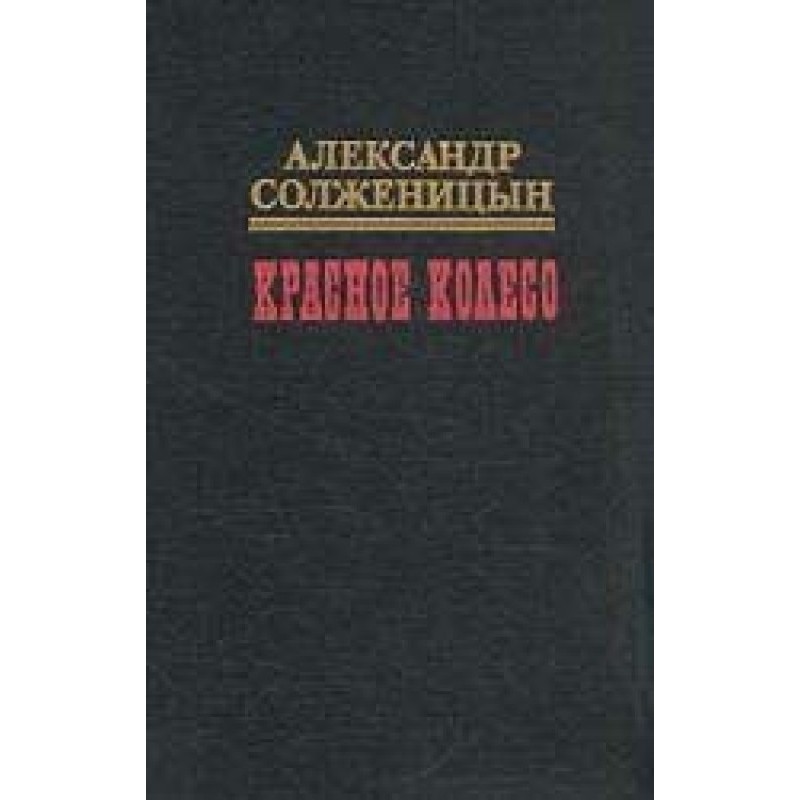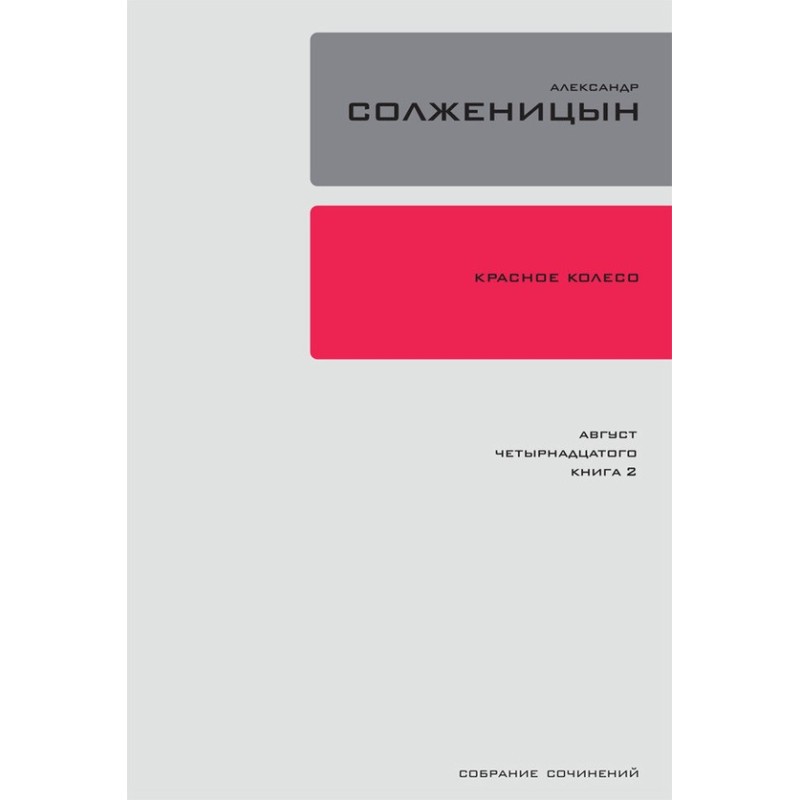GULAG Archipelago. 1918-1956: Experience in artistic research. T. 2
 Instant download
Instant download
after payment (24/7)
 Wide range of formats
Wide range of formats
(for all gadgets)
 Full book
Full book
(including for Apple and Android)
The Gulag Archipelago is Alexander Solzhenitsyn's art-historical study of the Soviet repressive system from 1918 to 1956. GULAG is an abbreviation for the Main Directorate of Camps, the name “GULAG Archipelago” is an allusion to “Sakhalin Island” by A.P. Chekhov. The Gulag Archipelago was written secretly by Solzhenitsyn in the USSR (completed on February 22, 1967), with the first volume published in Paris in December 1973. Contrary to popular belief, Solzhenitsyn's Nobel Prize in 1970 was not related to The Gulag Archipelago. The book made an extremely strong impression on the readers of that time. Due to its strong anti-Soviet orientation, “Archipelago” was popular among dissidents and is considered the most significant anti-communist work. In the USSR, “Archipelago” was published in 1990. The phrase “GULAG Archipelago” has become a household word and is often used in journalism and fiction, primarily in relation to the penitentiary system of the USSR of the 20-50s.
Data sheet
- Name of the Author
- Александр Солженицын Исаевич
- Language
- Russian
Reviews
Невимовна сила слова
Книга "Архіпелаг ГУЛАГ" є не лише художнім дослідженням, а й потужним свідченням про жахи радянської репресивної системи. Олександр Солженіцин зумів донести до читача всю глибину страждань, які пережили мільйони людей у цей темний період історії. Його стиль написання вражає своєю емоційною насиченістю та правдивістю, що робить кожну сторінку важкою для читання, але водночас і необхідною. Завдяки цій книзі, ми отримуємо можливість заглянути в безодню людської душі, відчути біль і страх тих, хто став жертвами системи. "Архіпелаг ГУЛАГ" не просто документує історію, а змушує нас замислитися над моральними питаннями, які залишаються актуальними й сьогодні. Це обов'язкова книга для всіх, хто прагне зрозуміти не лише минуле, а й сучасність. Я настійно рекомендую цю працю всім, хто цікавиться історією, правами людини та літературою, яка має здатність змінювати свідомість.



